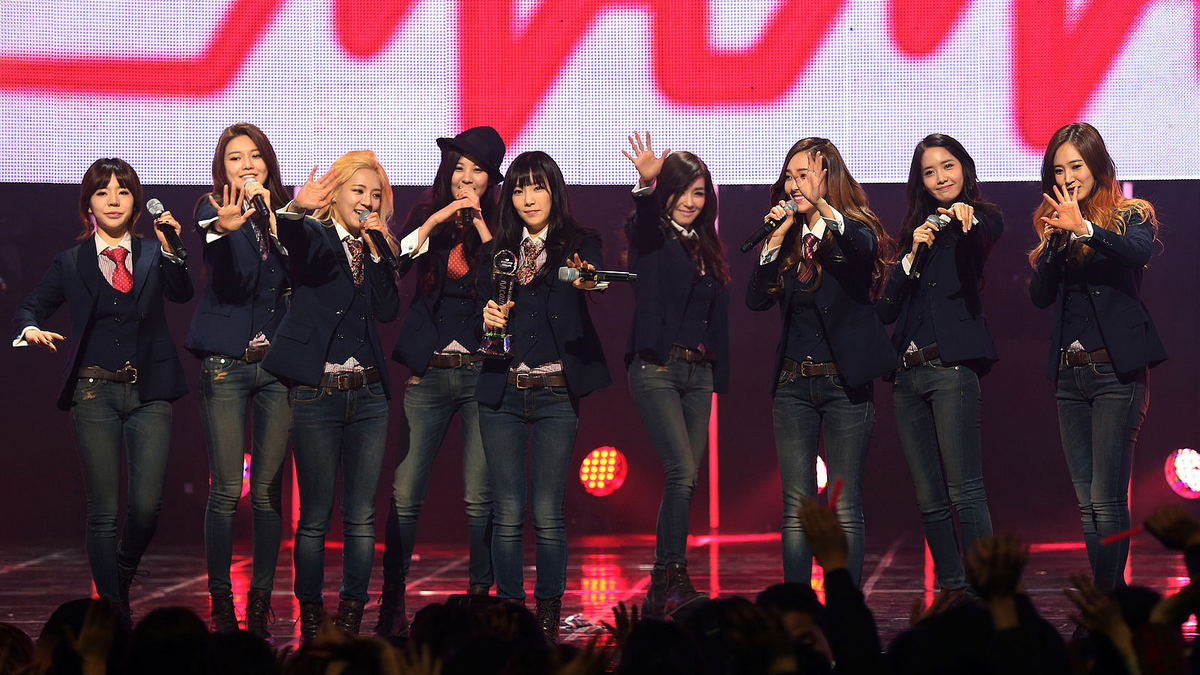
Week 1: Performance as complicity, performance as resistance
This is a response after reading Bell Hooks, “Performance Practice as a Site of Opposition,” Let’s Get It On: The Politics of Black Performance, Ed. Catherine Ugwu, Seattle: Bay Press, 1995, 210-221.
Performance as complicity, performance as resistance
Hooks mentions that performance can have different meanings according to context. Same sounds can have different political meanings according to context. What came into my mind after reading this sentence was contradictory aspects of conformity and resistance in K-pop culture. As a Korean one of the most frequent questions (aside the one if I'm from North or South) is whether I like K-pop or not. This always has been a difficult answer for me, since I have a somewhat mixed attitude towards K-pop culture, especially following the death of Sulli.
K-pop culture, despite its shiny appearance, is notoriously associated with exploitation, racism and narrow beauty standards when it goes behind the scenes. The K-pop scene still has huge issues such as hypersexualizing teens or showing ignorance towards blackface and cultural appropriation. It is not in haste to say that mainstream K-pop culture is highly complicit in some of the rampant cultural ignorance toward race and gender in Korean culture.
However, K-pop is also perceived as a symbol of resistance, especially in the Korean LGBT community. One example is 다시 만난 세계(Into the New World). Having a theme of solidarity and overcoming hardship, this song settled as an anthem in annual pride festivals. It has been also sung during 2016 protests demanding the president's impeachment. Several songs of NCT 127 is already a LGBT anthem in the districts of Itaewon, where nightclubs including gay clubs are clustered. The primary reason behind this is unclear, but some explanations could be as following: First of all, K-pop has a strong history of rejecting traditional masculinity and embracing diverse representations of gender and sex. Another reason can be the upbeat and optimistic themes inside K-pop lyrics, or its fandom partly rooted in queer culture.
Hooks' text and the history of club culture from Week 1 has shown the history of Black resistance and decolonization in performance and sound. Then, how can we emphasize an attitude of resistance inside nightclubs? Can audiovisual or spatial design play an important role in fostering nightclubs or festivals as a site of opposition? I wish I could have a glimpse toward the answers to these questions by the end of the semester.